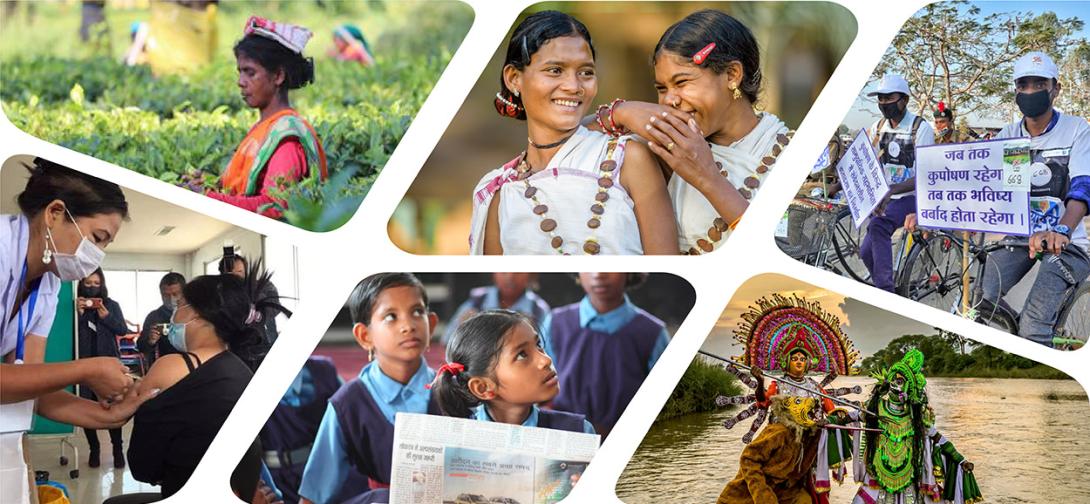Decoding the Global Terrorism Index
The Global Terrorism Index (GTI), issued annually by the Australia based Institute for Economics and Peace (IEP) aims to comprehensively analyse the impact of terrorism on 163 countries, covering 99.7% of the world population. Defining terrorism as ‘the threatened or actual use of illegal force and violence by a non-state actor to attain a political, economic, religious, or social goal through fear, coercion or intimidation,’ the GTI accounts for terrorist attacks over five prior years. Using four parameters to calculate each country’s annual score, namely total number of terrorist incidents, fatalities and injuries caused by terrorists, and total property damage from terrorist incidents in a given year, the GTI report is based primarily on the Global Terrorism Database (GTD) collated by the National Consortium for the Study of Terrorism and Responses to Terrorism (START) at the University of Maryland, apart from other sources.
In this age of hyper-information, citizens’ perceptions of safety from external threats may be as important as actual safety considerations, and indices such as the GTI can influence those perceptions. Perceived threats can lead to feelings of hyper-nationalism and shifting of government expenditure from social and welfare to defence and security spending. The role of flawed citizens’ perceptions has recently been observed in the large-scale migration during the COVID 19 outbreak.
The 2019 GTI Report throws some startling conclusions, with India’s rank falling from 8th in 2017 and 2018 to 7th in 2019 reflecting a worsening of the overall security situation in the country on grounds of terrorism; such a conclusion may not be inherently true. India has consistently ranked behind conflict ridden states such as the Democratic Republic of Congo, South Sudan, Sudan, Burkina Faso, Palestine and Lebanon. Apart from such surprising rankings, the report also makes other startling conclusions such as stating that the ten countries with the highest impact of terrorism, including India, are all engaged in at least one armed conflict. The GTI score and methodology are further important since GTI scores are directly used in the Global Peace Index, published by the IEP, the Global Slavery Report published by the Walk Free Foundation, and indirectly used in computing country scores in the World Economic Forum’s Travel and Tourism Competitiveness and Global Competitiveness Indices. The GTD is also used in computation of the Safe Cities Index by the Economist Intelligence Unit.
All these issues mandate a further look at both the Global Terrorism Index and the Global Terrorism Database, to understand whether all parameters used in their calculation are relevant, representative or can be better understood and captured from other parameters or data sources, including India specific sources. The GTD is based solely on unclassified media articles, with more than 100 structured variables such as each attack’s location, tactics and weapons, perpetrators, casualties and consequences etc. While the GTD claims to analyse more than two million open source media reports published each day, it lacks any mechanism to engage with Governments or to further classify and verify such open source media reports through Government databases in any of the 163 countries it covers. The large diversity in definitions of terrorism amongst countries, and the lack of a universally accepted definition of terrorism, including in the Comprehensive Convention on International Terrorism pending in the UN General Assembly since 2014, leads to a great deal of ambiguity in calculating and understanding GTI reports.
It may be considered a function of this prevailing ambiguity that the GTD and GTI do not consider ‘doubted incidents as per GTD,’ for parameter wise scores, which should be clarified through Government terrorism and crime statistics. Similarly, the IEP’s economic impact of terrorism model does not account for costs for countering violent extremism and long-term economic impacts on business activity, production and investment. Indeed, the GTI 2019 report itself states that a great majority of property damage values from terrorist incidents are coded in the GTD as ‘unknown,’ resulting in 1 out 4 parameters scoring nil for most countries. Similarly, the definition of mass shootings used in the GTI is limited to ‘indiscriminate rampages in public places resulting in four or more victims killed by the attacker,’ leaving out lone wolf attacks which may have lesser fatalities and more injuries, and attacks foiled by security and intelligence agencies.
The Australian Government’s Charities and Not-for-profits Commission does not reveal any data about IEP’s funding sources. Emailed queries sent to the IEP requesting a list of its donors have also remained unanswered. The IEP’s 2019 annual report shows that the organization has only 12 full time staff, 12 full-time equivalent staff and 6 volunteers. It is indeed surprising that an organization is able to annually collect, meaningfully analyse and disseminate data about 163 countries in the Global Terrorism and Peace Indices and provide country wise national peace reports with just 24 staff members and 6 volunteers. Similarly, the list of experts consulted by the IEP for preparing the GTI report do not list a single expert with experience in tackling field and policy level security challenges in South Asia.
The absence, therefore, of a robust data collection and analysis methodology, and any engagement with Governments facing the scourge of terrorism, means that the Global Terrorism Index has low direct value for policymakers and cannot be used as an aid to understand and alleviate challenges to countries from domestic and cross border terrorism. The IEP must engage with Governments, merge data collected from the Global Terrorism Database with Government data and try to evolve a more generally acceptable definition of terrorism to provide a better aid to decision making. The GTI may also provide a short term and long term forecast of terrorist incidents globally and regionally, along with further analysis of past trends, to help provide a clearer, broader picture to policy makers.
Indian policymakers should also undertake a focussed PR campaign about India’s successes in tackling the scourge of terrorism, including cross-border terrorism, while also engaging with the IEP to make the Global Terrorism Index more robust and relevant to the Indian context.
*Saumya Chakraborty is M&E Lead, DMEO. Views expressed are personal.
 National Portal Of India
National Portal Of India 







